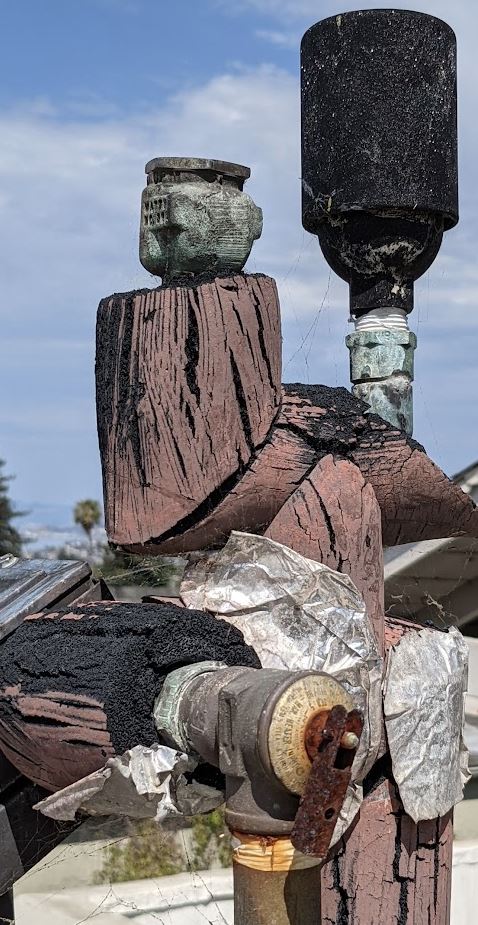What could I replace a rusted rooftop TPRV with?
The valve I have is a regular water heater TPR about 40 years old, that no longer reliably closes
Images are here:
As for some reason the form won't accept an image upload for this post.
The valve I have is a regular water heater TPR about 40 years old, that no longer reliably closes
Images are here:
As for some reason the form won't accept an image upload for this post.


Comment